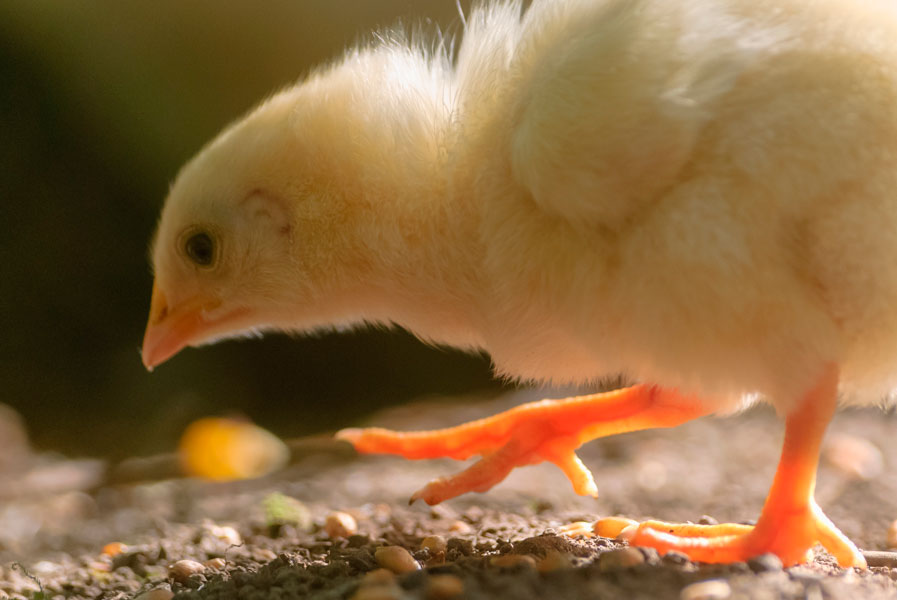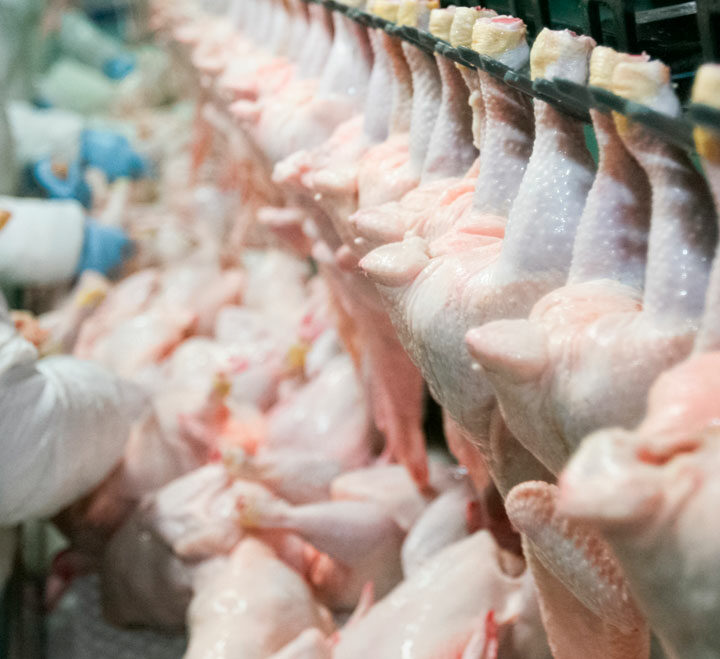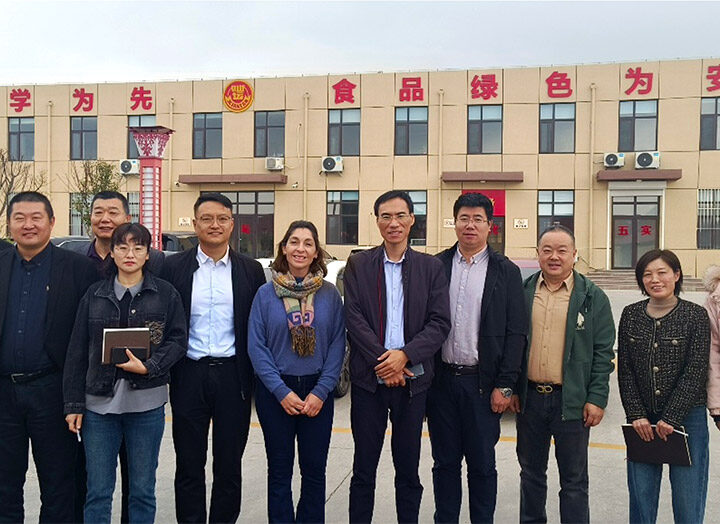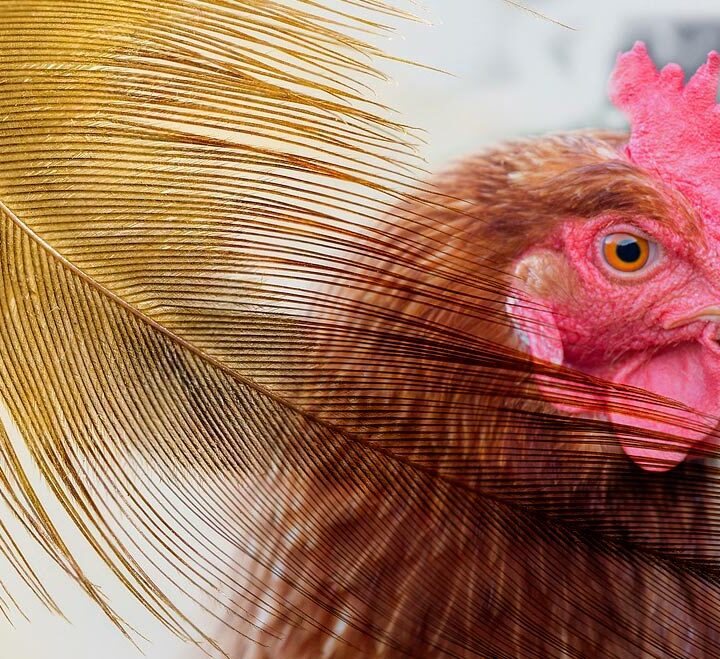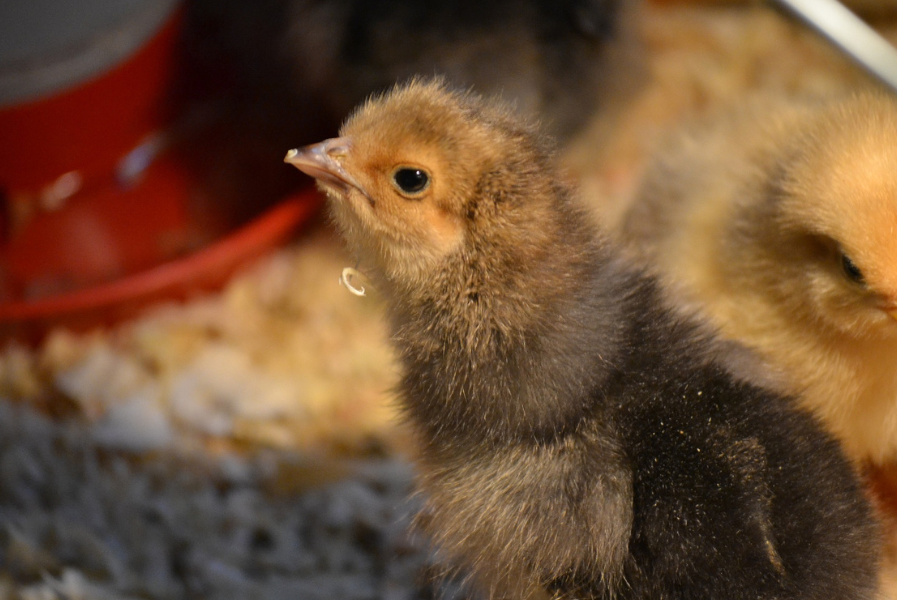
The importance of minerals in poultry production
12 de September de 2022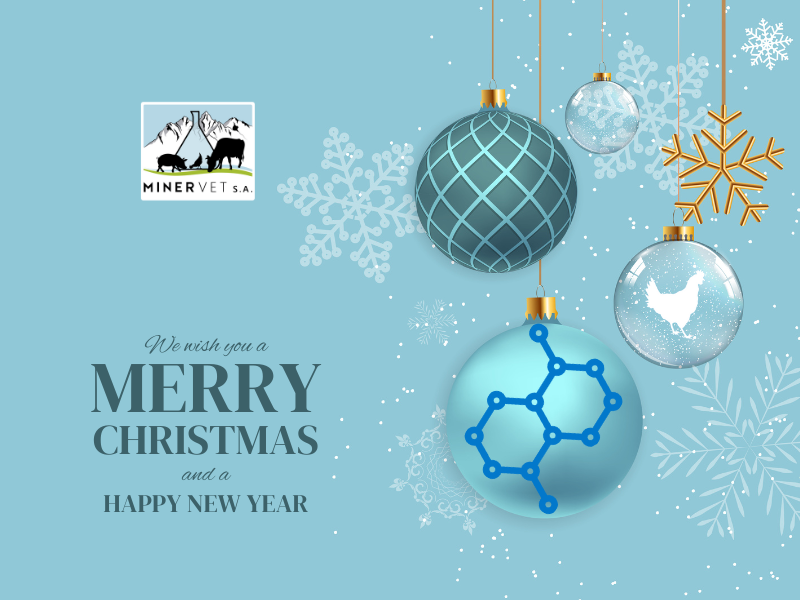
Happy holidays!
21 de December de 2022Poultry systems dedicated to meat production must know in detail the elements that make up the system to provide the incoming batch with the necessary conditions that favor the expression of the maximum development potential.
Although the size of the batch or the technification vary, the correct handling of the first days of life is decisive for the success or failure of the production.
The methodical work in the preparation of the shed for the reception of the babies will be the essential ally.
BIOSECURITY must prevail in the work protocol, incorporating all the necessary management measures to reduce the risk of pathogen entry. All operators must know the biosecurity measures implemented and respect them, since the loss of the protocols can lead to failure of health and the development of diseases.
The activities that must be part of the work protocol in the first stage of breeding are detailed below:
Depending on the area, the layout of the shed may vary. This provision will prioritize protection against direct sunlight and allowing ventilation.
Construction on high ground, not flooded, presence of curtains of trees, minimum distances from other production systems, presence of perimeter fence, informative signage, sanitary filters are part of the good practices of the system.
The location of the poultry sheds within the production area is a preliminary step to provide the correct conditions for the birds that will be housed.
The facilities must allow easy cleaning and disinfection. This includes walls, floors, mobile inputs such as feeders, drinkers, heating or ventilation systems, allowing control of the pathogen load between breedings. These activities are part of the mandatory sanitary rest period, between the departure of the last birds from the batch and the arrival of the first birds from the next. At this stage, a thorough control of pests must be carried out, including rodents, wild birds, flies and hornbills that act as transmitting vectors.
The birds that enter the production system must come from registered hatcheries with verified information on the applied health plan. The quality of the baby will be decisive in the process, and for this reason, the producer must know the genetic lines with which he works, the expected growth parameters, the estimated consumption and other important information provided by the herd.
The batch of birds must have an unique age and it is recommended to apply the ALL IN-ALL OUT system that collaborates with the maintenance of the sanitary status.
Determining the quality and vitality of the baby on admission is part of the work protocol. The person in charge of the reception must inspect the birds to determine general condition, sensory, presence of dead, characteristics of the defecation in the boxes and other important data.
The weighing of a representative sample of the incoming batch provides data on its quality and its relationship with the expected parameters for the genetic line.
The necropsy of babies contributes with important health information. The relative weight of the yolk should not exceed 8% of the total weight of the chick, higher weights are related to lower quality of the baby. Bear in mind that the complete absorption of the yolk must occur after the first week of life.
Prior to the entry of the new lot, the shed will be given the necessary conditions for the comfort of the birds. During the first week the optimal environmental temperature is 32 to 35 degrees Celsius in relation to the immaturity of the chick’s thermoregulatory system. We must avoid thermal shock.
The temperature is reduced weekly in accompaniment with the complete feathering of the birds and the ability to maintain their body temperature. At this point it is also necessary to take into account the temperature of the drinking water, since low temperatures reduce the consumption of liquid and consequently reduce the consumption of food.
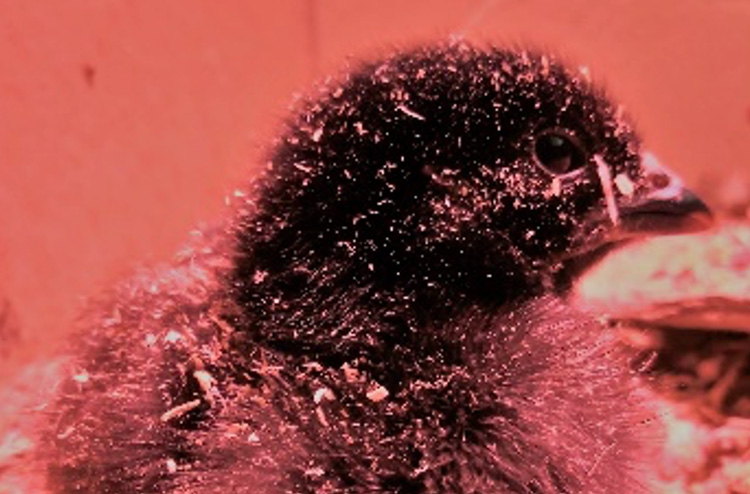
At this stage it is important to ventilate the shed without altering the temperature, preventing air currents from reaching the birds directly, but fulfilling the purpose of allowing fresh air to enter, eliminating carbon dioxide and excess of humidity from the environment.
The quality and depth of the litter collaborates with the comfort conditions, through the isolation of the floor, maintenance of temperature and correct absorption capacity of excrements. Once the aging is finished, the litter can be removed or used in the same establishment after treatment and inactivation of bacteria, viruses and fungi.
Food and water must always be available. Chicks must learn to consume feed quickly, in this way their digestive system develops anatomically and physiologically. The endogenous glycogen needs to be replaced by an energy base from the consumption of starch, and a protein base from various sources. The prompt access to food also favors the correct absorption of the yolk sac and the development of the immune system.
Prolonged fasts show apathetic birds, dehydration and compromised future development.
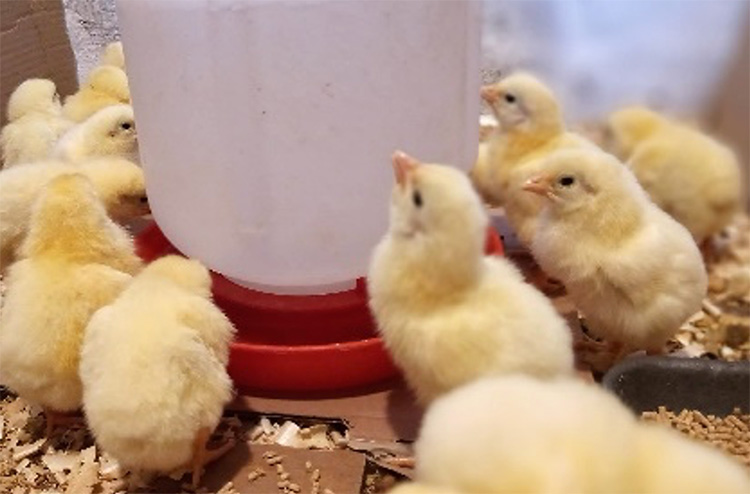
The contribution of highly digestible protein sources in pre-starter diets is decisive in the future growth of birds, since in the first days of life the absorption of proteins and amino acids is under development. The offer through micropelletized rations will favor easy access to all the components of the ration, eliminating losses due to selection and particle size.
As part of the work protocol, a lighting scheme is used to stimulate the birds and keep their food and water consumption active. The external control of the light supply generated in birds by a positive photoperiod environment translates into the stimulation of the hypothalamic pituitary axis with the aim of obtaining greater performance. Depending on the adaptation of the chick to its environment, the light stimulus for the first 24 to 48 hours of life would be 24 hours of light versus zero hours of darkness, but it is necessary that the birds know the darkness so that, on successive days the hours of darkness will be increased until covering a minimum period of 6 hours per day.
The light distribution must be homogeneous in order to avoid migration of the birds with changes in the density inside the shed, competition for feeders and drinkers.
In addition to providing a sufficient time for the scotoperiod (dark period), during the light period the intensity of the light will be reduced following growth. This collaborates with the reduction of metabolic problems such as ascites, sudden death, tibial chondrodysplasia and cardiovascular problems.
This information is part of the complex management system of the first stage of broiler farming.
The methodology in its realization will be decisive for its success.
Bibliography:
-Buenas Prácticas en Avicultura, Facultad de Ciencias Agropecuarias, Navanio C., Cavenio M., Bonell L.
-Resolución SENASA 542/2010. Requisitos sobre instalaciones, bioseguridad, higiene y manejo sanitario, para el registro y habilitación sanitaria de establecimientos avícolas de producción.
-Resolución SENASA 575/2018. Requisitos para el bienestar animal.
Author: Dr. Evangelina Zarate

